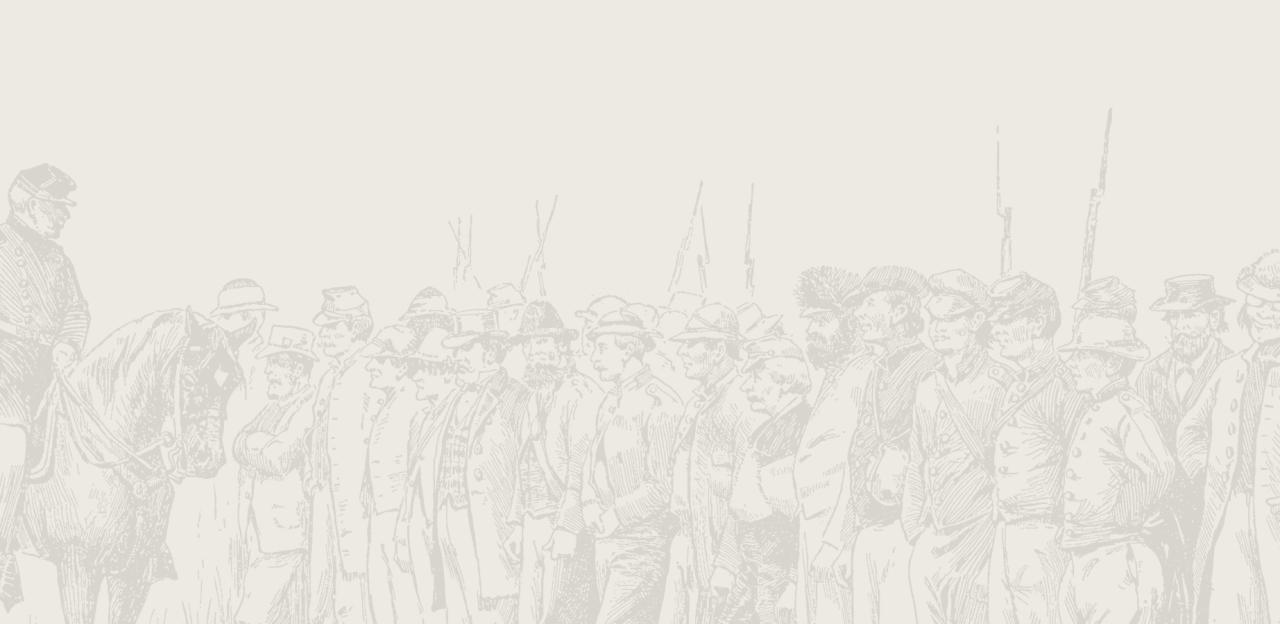Port Republic

The Battle of Port Republic
Major General Thomas J. "Stonewall" Jackson’s Shenandoah Valley campaign achieved improbable success in the early summer of 1862. Late in the first week of June, he led his small army to the town of Port Republic, only a few days ahead of two pursuing Union columns. At Port Republic, the North Bridge spanned the South Fork of the Shenandoah River and connected the central valley with Jackson’s base at Staunton and the Virginia Central Railroad. If the two Yankee forces could unite and control that strategic crossing, Jackson not only faced the potential to be assailed from two sides but risked losing access to the upper Valley. Once encamped around Port Republic, Jackson could not pass on a chance to defeat the Union columns in detail as they approached, one on either side of the South Fork of the Shenandoah River.
On June 8, a division of Jackson’s men under Maj. Gen. Richard S. Ewell dealt a severe blow to Maj. Gen. John C. Fremont's division at Cross Keys, on the west side of the fork. That same morning, Union cavalry crossed over from the east side of the fork and raided Jackson’s headquarters at Port Republic. In a brief skirmish, the Yankees nearly captured Jackson and his supply trains, and, for a time, controlled the vital North Bridge. The timely arrival of the 37th Virginia drove the Yankees from the village, leaving Jackson in possession of Port Republic and its river crossing.
While Jackson evaded capture and Ewell battled with Fremont, a Union brigade commanded by Brig. Gen. Erastus B. Tyler, the lead element of Brig. Gen. James Shields' division, established a strong defensive position along the Lewiston farm lane, three miles east of Port Republic. Their right rested on the south bank of the river and extended along the lane toward the River Road, where their left was anchored on a high knoll called the Coaling (there were many charcoal furnaces in the area used by local farmers). Tyler placed his artillery here, giving the Yankee gunners command of the open ground between the road and the river.
Just after 5:00 a.m. on June 9, Brig. Gen. Charles Winder led the famed Stonewall Brigade in an attack against Tyler’s position along the farm lane. Artillery rounds from the Coaling tore into Winder's men advancing across the open plain, driving them back, with Yankee infantry in hot pursuit.
The situation east of the River Road was entirely different. Thick woods shielded the Southerners' approach, allowing the 2nd and 4th Virginia to advance directly upon the Union gunners at the Coaling. The Virginians seized control of Tyler’s artillery only to be confronted by an onslaught of Federal infantry. After a vicious hand-to-hand struggle, the Confederates were forced to relinquish control of the guns while they waited for their own reinforcements. Help arrived in the form of Brig. Gen. Richard Taylor's famed Louisiana Tigers brigade. The Southerners again charged the Coaling, this time taking it in flank. This was too much for Tyler's artillerymen, who fled down the reverse slope. With the Yankee guns firmly in Confederate hands, the whole of Tyler's line collapsed and withdrew in confusion.
With the two defeated Federal wings now cut off from one another, the Yankees withdrew north through the Valley, ending the Valley Campaign of 1862. After three weeks of marching and fighting, Jackson had neutralized the Union threat in the Shenandoah for the foreseeable future. Within days, Jackson would receive orders from Gen. Robert E. Lee to bring his men east to the outskirts of Richmond.


